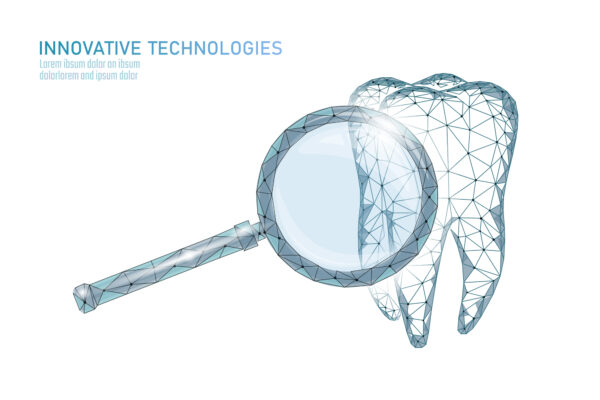目次
In recent years, AI technology and computer vision have rapidly evolved, beginning to impact the field of orthodontics. AI-driven improvements in diagnostic accuracy and treatment planning efficiency are advancing, and in particular, the application of data annotation technology has the potential to revolutionize orthodontic treatment.

What is Data Annotation?
Data annotation is the process of labeling data to train AI models.
In orthodontics, this involves labeling intraoral photographs and X-ray images of patients, enabling AI to accurately understand dental alignment and occlusion conditions. This technology makes it possible to achieve a level of diagnostic precision that was previously unattainable with conventional methods.
Applications of Data Annotation Technology in Orthodontics
The application of data annotation technology in orthodontics offers several key benefits:
1. Automated Diagnosis and Improved Accuracy
By analyzing intraoral photographs and X-ray images, AI can accurately diagnose tooth positions and occlusion. This enables early detection of minor issues that might be overlooked in manual diagnoses, allowing orthodontists to provide more reliable diagnostic results for patients.
2. Monitoring Treatment Progress
Orthodontic treatment is a long-term process, and it is crucial to track treatment progress accurately. Utilizing data annotation technology allows AI to monitor the treatment process in real-time, ensuring that tooth movement is proceeding as planned. This also facilitates timely adjustments to treatment, leading to smoother progress.
3. Creation of Precise Treatment Plans
AI analyzes past patient data to generate simulations of tooth movement. Orthodontists can use this information to create optimal treatment plans for individual patients, improving the accuracy of orthodontic appliance designs and treatment duration predictions. By presenting a clear treatment roadmap, patients can feel more confident and reassured about their treatment.
The Future of Orthodontic Treatment with AI
The integration of data annotation technology will make orthodontic treatment more precise and efficient than ever before. Optimized treatment planning and real-time progress monitoring will reduce the burden on patients. AI-assisted treatment enables faster and more effective outcomes, enhancing the overall treatment experience.
Moving forward, we will continue to embrace advancements in AI technology, proactively adopting the latest innovations to provide even better orthodontic care.
Conclusion
The impact of AI technology and data annotation on orthodontics goes beyond mere efficiency improvements—it has the potential to dramatically enhance the quality of care for each patient. By leveraging AI, we can achieve precise assessments of dental alignment and occlusion, improve treatment plan accuracy, and monitor treatment progress in real-time to ensure optimal outcomes.
Most importantly, these advancements provide patients with greater peace of mind throughout their treatment journey.
As orthodontic professionals, we are committed to integrating cutting-edge AI technology to continually enhance our treatment quality. With excitement for the limitless possibilities that new technologies bring, we will continue to dedicate ourselves to providing the best possible orthodontic care.


Author: H.M
